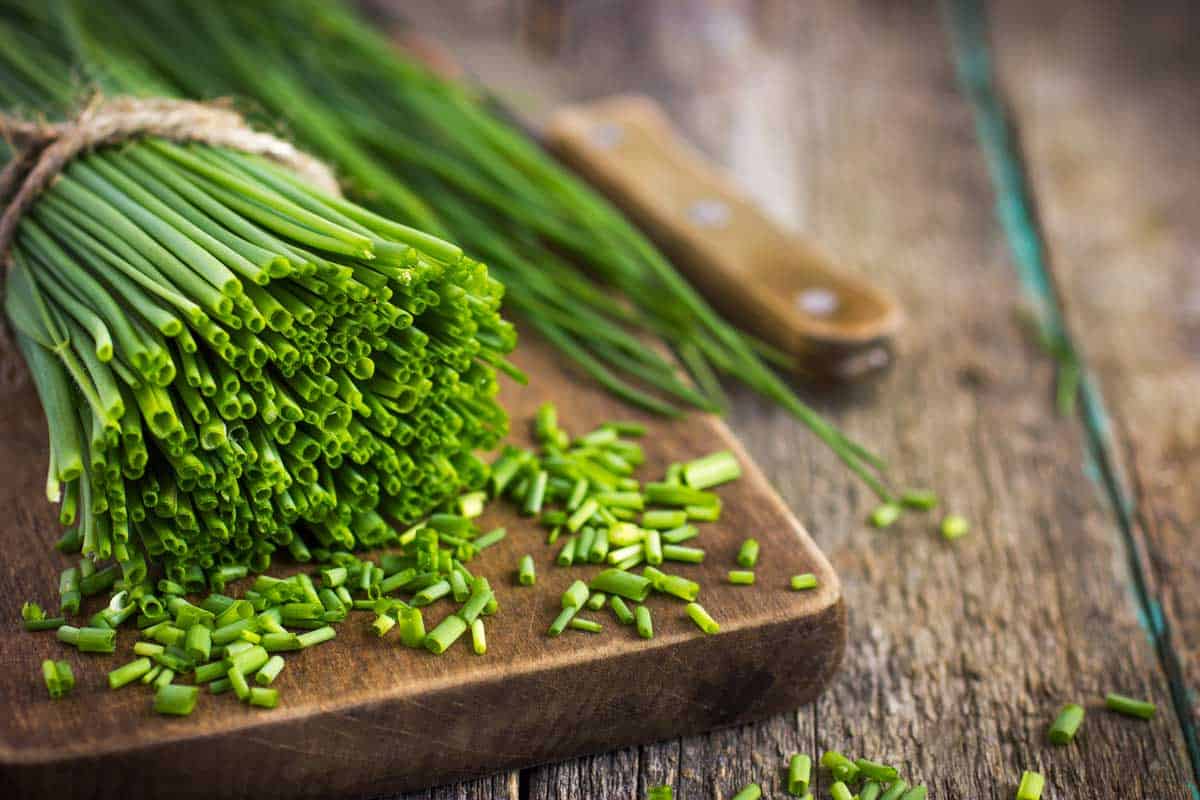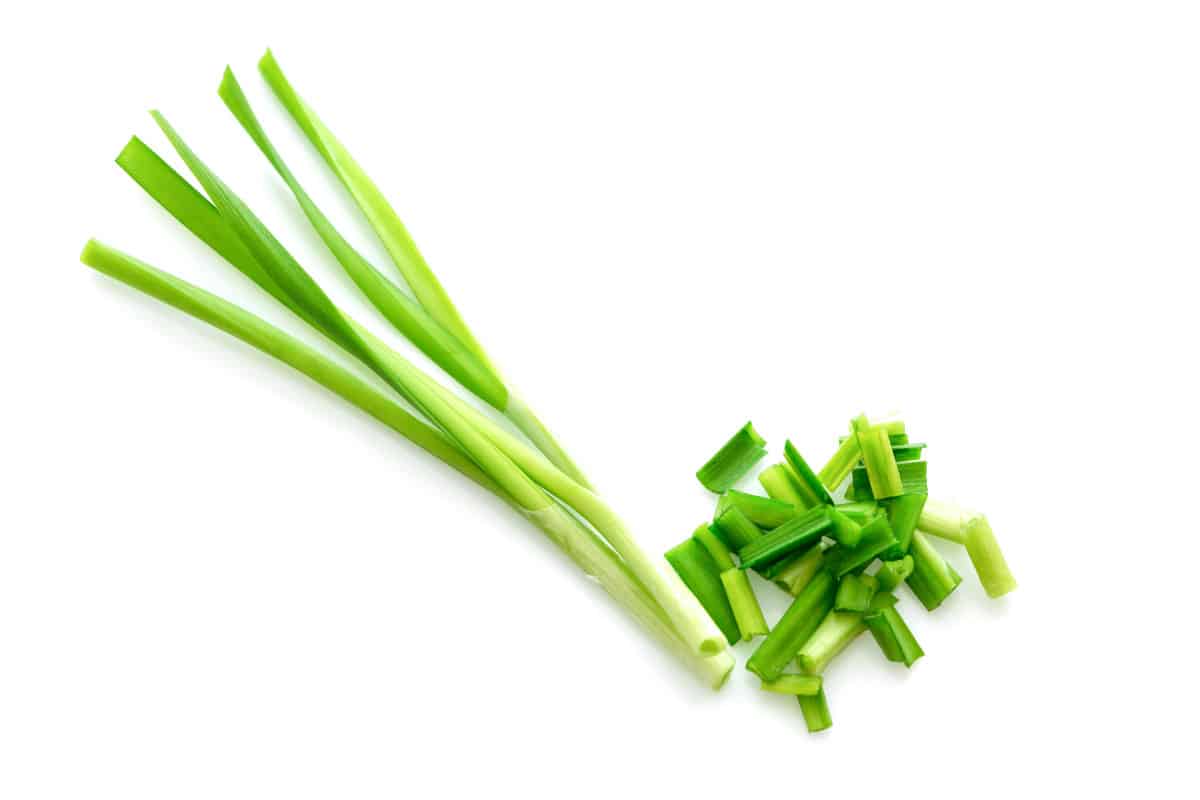The 5 Best Chives Substitutes
6 Chives Substitutes
2nd July 2019 - By Michelle Minnaar
This post may contain affiliate links.
Chives are one of the most common herbs found in supermarkets. They carry a mild flavour that adds an elegant finishing touch to any recipe, and is commonly used as a garnish. Like in this swede soup for example.
On numerous occasions, chives have been sold out when I was shopping, which was frustrating. So, for whichever purpose you would like to use chives for, you should keep these top chives substitutes in mind. If you like using other alternative for fresh chives, that aren’t listed below, then do let me know in the comments sections. However, I believe I have compiled the most comprehensive list for the best substitutes for fresh chives, which will arm you in the future should you not be able to get hold of this desirable ingredient.
What are chives?

Before we get into details about which are the best chives substitutes, let’s talk about the actual plant first! Chives are edible herbs, and are closely related to the onion, leek, garlic and scallion families. This herb has been around for millennia and has been cultivated all around the world.
In short, scientists still have debates to this day about the plant’s true origin. However, historians insist that one type of chive originally comes from the Mediterranean region in Europe, mainly Greece. Another type of chive plant could have originated in China and in other parts of Asia.
The name ‘chive’ comes from the Greek words ‘skhoinos’ and ‘prason’, which translates to ‘rush’ and ‘leek’. In addition, the French word for “chives” is ‘cive’, which comes from the Latin term for “onion”. Gathering from its linguistic roots, it’s no surprise that chives were referred to in the Middle Ages as ‘rush leek’.
Chives have long grass-like leaves when they are cut. In fact, have you ever seen a clump of flowering chives? You would never have thought that chives flower with a purple bulb. Next time I see chive growing wild, I’ll be able to spot them immediately.
What do chives taste like?
They are quite mild in flavour so they are perfect as toppings or as garnish. Generally speaking, chives have a very delicate onion flavour and don’t overpower your food. Plus, they are quite kid-friendly in comparison to more punchy herbs. In some cases, they are the perfect substitute for recipes which call for fresh onions. In fact, chives are so mild, that chefs usually add them to a recipe all the way at the end of cooking time so they don’t completely lose their flavour.
How to grow chives

I can’t even stress enough that fresh herbs are the best. If you’ve got a garden, I am sure that you’ve got some of the herb essentials like thyme, oregano, basil or mint. In either case, I hope that you also consider planting your own chives. Once you grow and harvest them, you’ll discover just how delicious they are!
First and foremost, chives are suitable for cooler climates but prefer full sun. It is a very cold-tolerant herb and the best time to plant them is early spring when the temperature of the soil is about 16-21°C(60-70°F). The soil needs to be rich and moist, and adding a bit of compost and along with fertiliser is always a good idea. Chives to particularly well when planted next to carrots and they start flowering in May and June. Take note, the purple flowers are also edible!
How to store fresh herbs & chives substitutes
In summary, chives can be eaten fresh or frozen. Don’t dry them out! By doing so, they will lose their flavour completely. Take an airtight resealable bag and store the chives, cut or intact, in the fridge. Otherwise, feel free to cut them up and store them in the freezer.
Best substitute for fresh chives
Here, we’ll discuss all types of chives substitutes. Those which are best for substitutes fresh chives or those, which taste similar.
Комментарии
Отправить комментарий